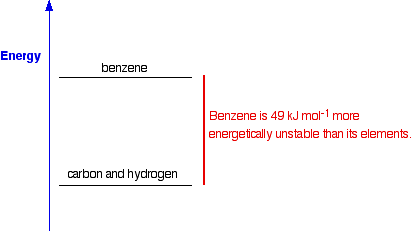Yes, there are several interpretation attempting to answer the "hard question" when we don't know how to approach that question. I like Tegmark's approach of following the "hard facts".
And IMO, one of the hard facts is that MT are critically involved in electro-chemical "information processing", that is a proven "hard fact" and if there is no identifiable alternative processing system, there is in my mind no question as to what direction our research should follow.
Every one always cites that "the map is not the terrain" but then try to come up with "models" (maps) of the terrain instead of just walking down the terrain, which we can now do with our incredibly sensitive instruments such as demonstrated in the actual MT research. We are no longer measuring the terrain in millimeters but in nanometers, down to where the electro-chemical information exchanges take place. I have no doubt that this will eventually lead to sufficient information to solve the general question of generation and storage of thoughts and how it is that we can be self-conscious of these processes, instead of an purely autonomous data processing such as in homeostasis in organisms with simpler neural networks,
all of which employ MT in these processes as far back as we can see! The three types of MT (and related filaments) are truly fundamental to the evolution of sensory transportation and their processing abilities in the brain.
https://www.biologyonline.com/dictionary/microtubule
I like the direction of research of fundamental hierarchical sensory evolution from response to brute kinetic forces to volitional responses to electro-chemical sensory information as translated by the neural network and the brain. The "hard facts".




